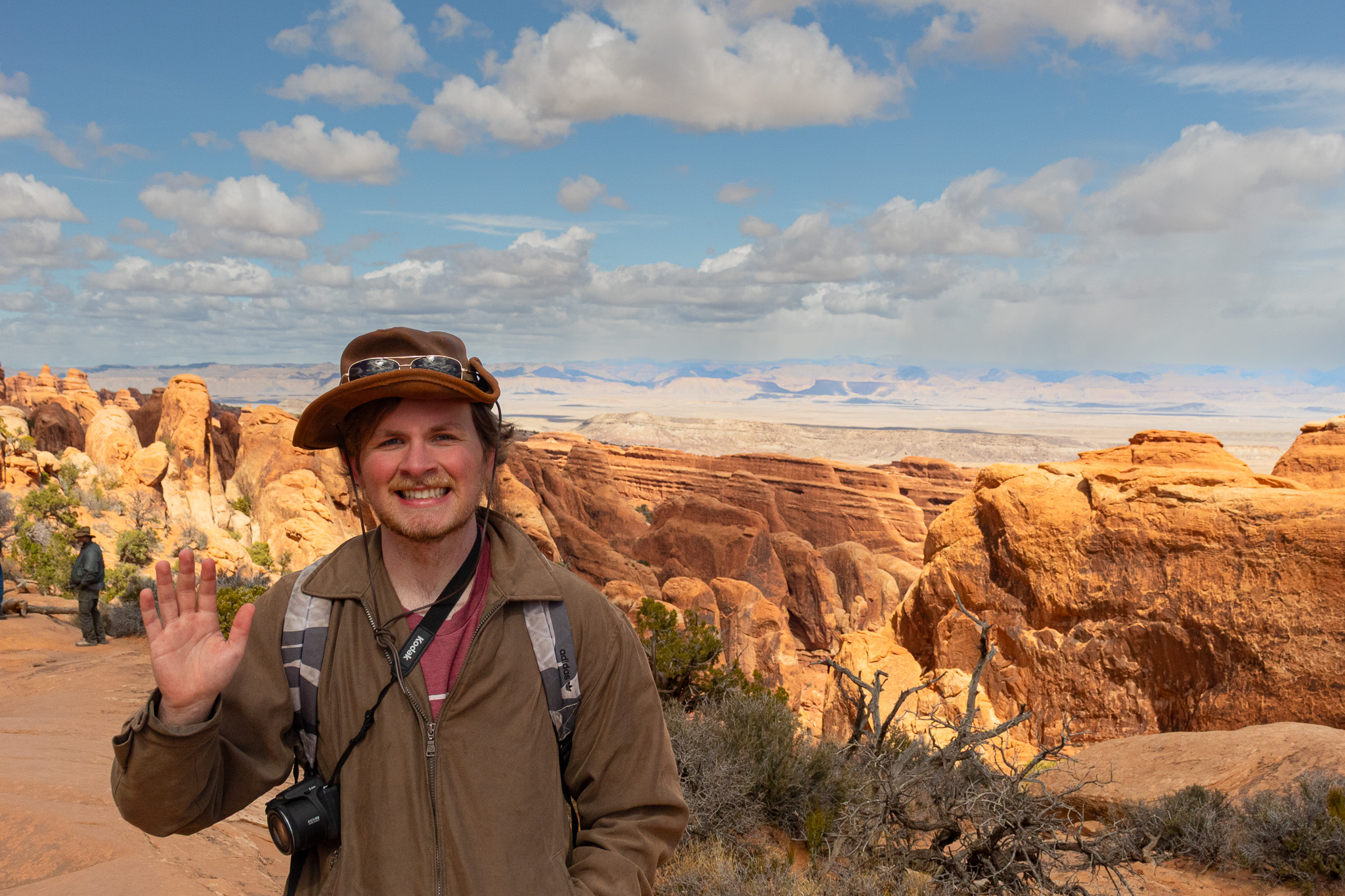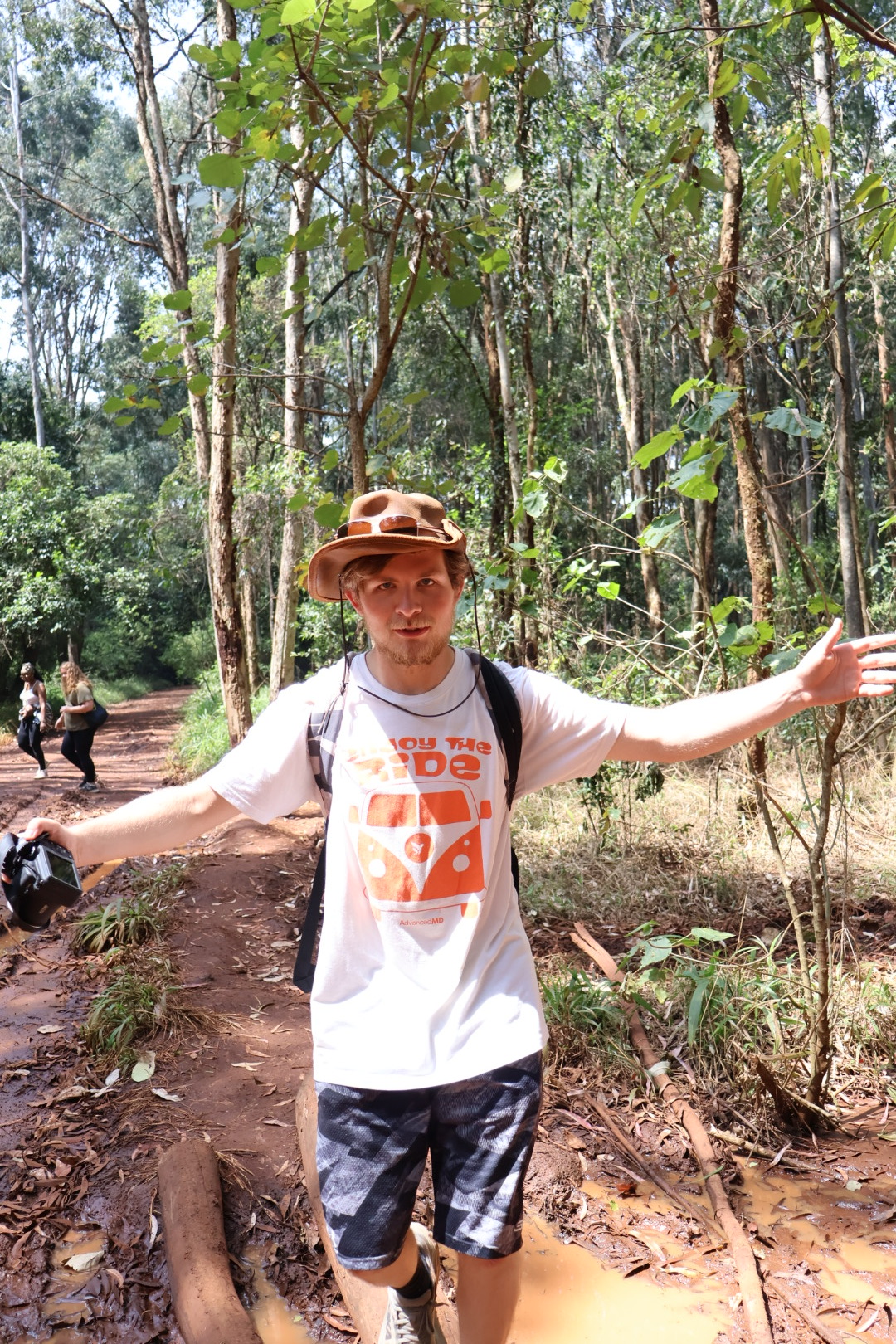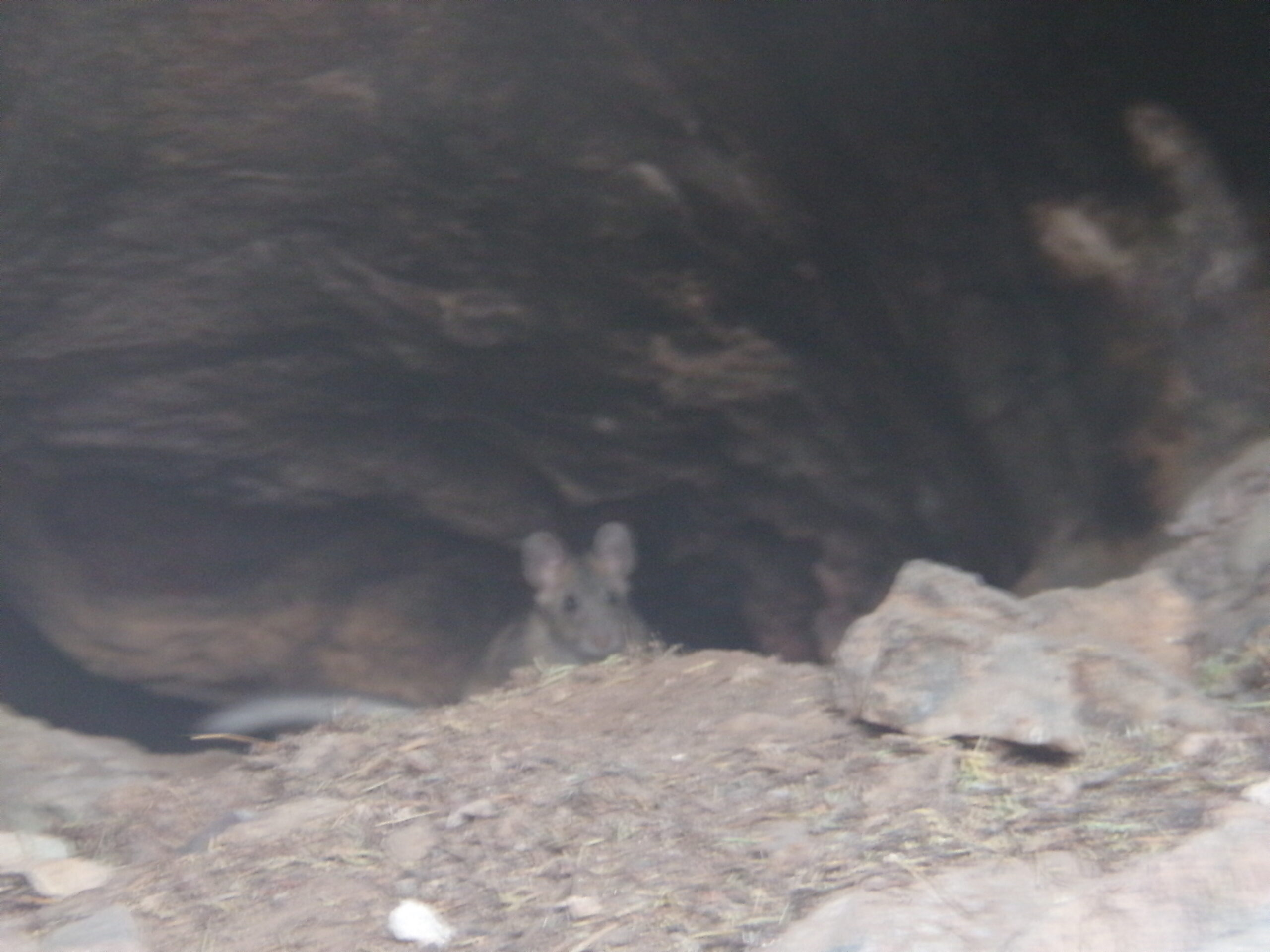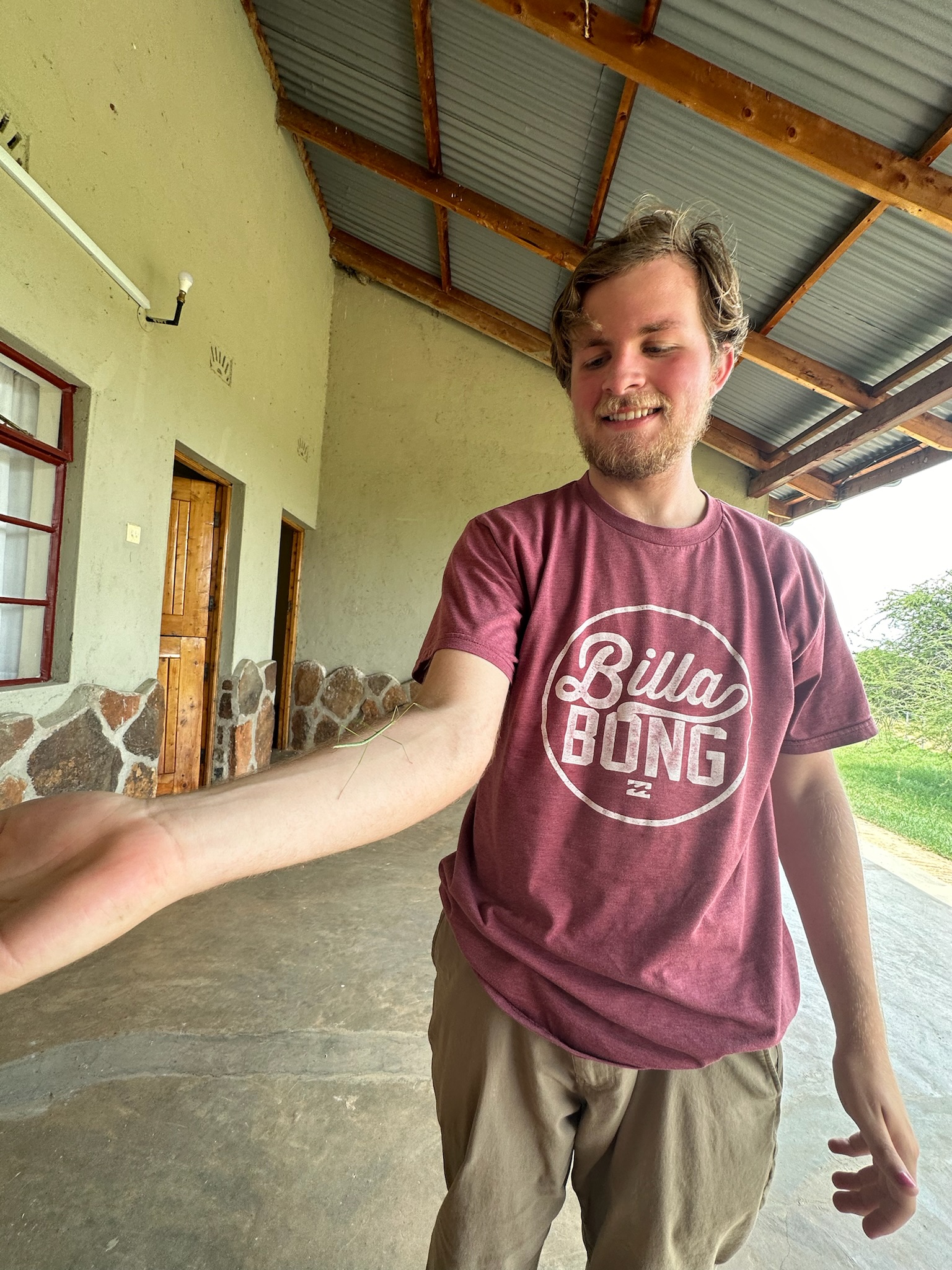
 Not many University of Utah students are eligible for a Silver Play Button on YouTube, but Bennett Davenport is. Bennett owns and runs the YouTube channel The Budget Museum, with over 348,000 subscribers! With viral successes such as “Extinct Animals of Ancient History”, “Really Stupid Cryptids”, and “Dinosaurs No One Talks About”, Bennett is an amateur paleontologist bringing the fascinating world of fossils to the masses.
Not many University of Utah students are eligible for a Silver Play Button on YouTube, but Bennett Davenport is. Bennett owns and runs the YouTube channel The Budget Museum, with over 348,000 subscribers! With viral successes such as “Extinct Animals of Ancient History”, “Really Stupid Cryptids”, and “Dinosaurs No One Talks About”, Bennett is an amateur paleontologist bringing the fascinating world of fossils to the masses.
It’s not easy to be a YouTube celebrity in the midst of dozens of hours of research, but Bennett makes it work. Drawing inspiration from his favorite athletes, the grind never stops for Bennett. “Professional athletes like Lebron James inspire me to use my nascent talents and commit to a work ethic that creates the best version of myself.” Also, Bennett’s grandfather inspired him to pursue a career path dedicated to nature. “My grandfather is the greatest outdoorsman I know, and his wisdom and respect for nature has set the role for how I want to act towards this earth,” he says.
Bennett is majoring in Geoscience, with additional minors in History and Ecology. “I’ve always been interested in extinct creatures and how they may theoretically behave, be it dinosaurs or ice age creatures. Finding out the methods to actually quantify their lifestyles has driven my passion for research.” Beyond that, Bennett went on a tremendously inspirational study abroad to Kenya, which changed his life. “I got to see the most amazing animals walking the planet in their natural habitats. That reignited my love for the animals of the world, living or extinct, and that powers my thirst for knowledge.”

Bennett is currently conducting his research in the Department of Anthropology, working with Kacey Cole at her High Elevation Caves Labs. Like any respectable paleontologist, Bennett handles a lot of bones, specifically small mammal fossils found in caves surrounding the University. As it turns out, we can learn a great deal about an extinct animal’s ecology (paleoecology) just through their remains. Beyond the bones’ morphology (the form, shape, and structure of fossilized remains), the very elements within the bones reveal a lot about how these ancient animals lived. “Counting the ratio of carbon isotopes in their teeth tells you a lot about what kind of plants a creature was eating,” Bennett explains. Through these methods, Bennett is working to correlate the changing ecologies of Utah’s small mammals, from historic samples to modern ones. This will allow us to better understand the current effects of climate change on the ecological landscapes close to home.


Bennett relishes in the thrill of discovery. “Your work is never conclusive. There’s always some extra question that my research leaves me with that gets me to think about it even more.” He’s currently leaning towards going into graduate school and exploring paleoecological research further.
When he’s not discovering the secret life of small mammals, Bennett spends his time participating in The Paleo-Journal Club, watching the TV show Survivor, shooting (and missing) hoops in the Student Life Center, scrolling through videos of random animals, and wasting time with good friends.
Written by Alex Kellgreen, Creative Content Assistant